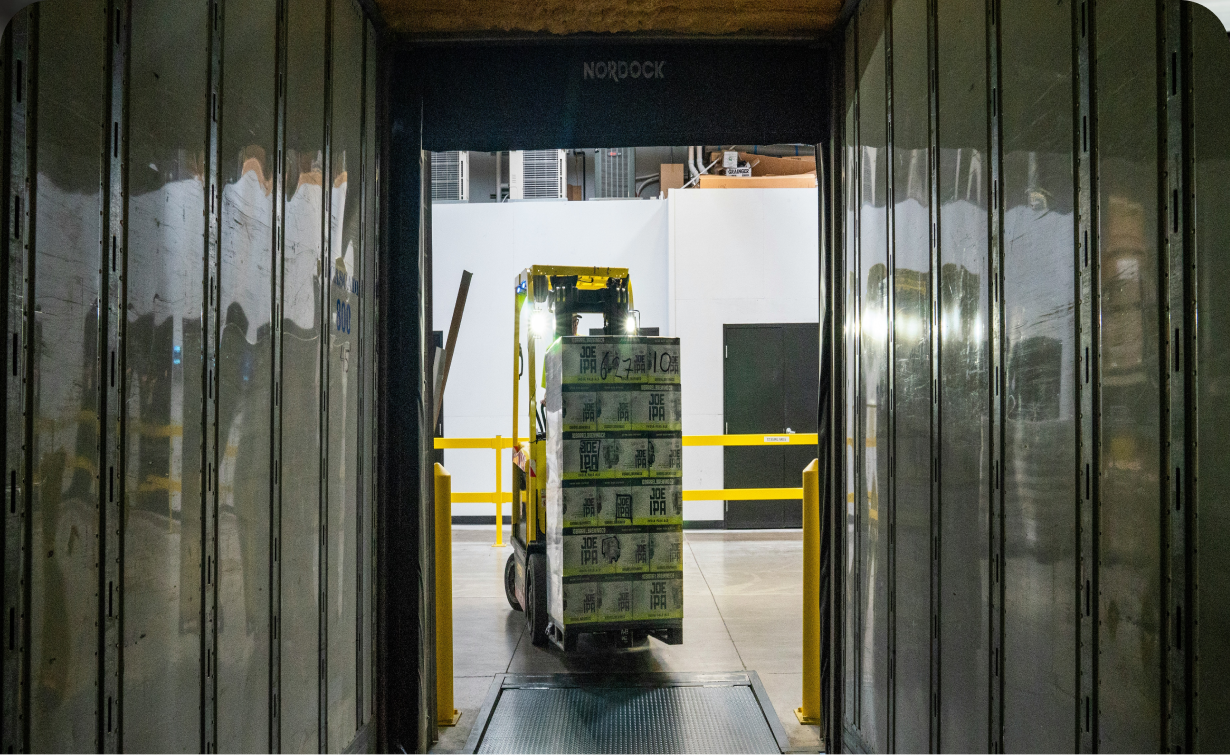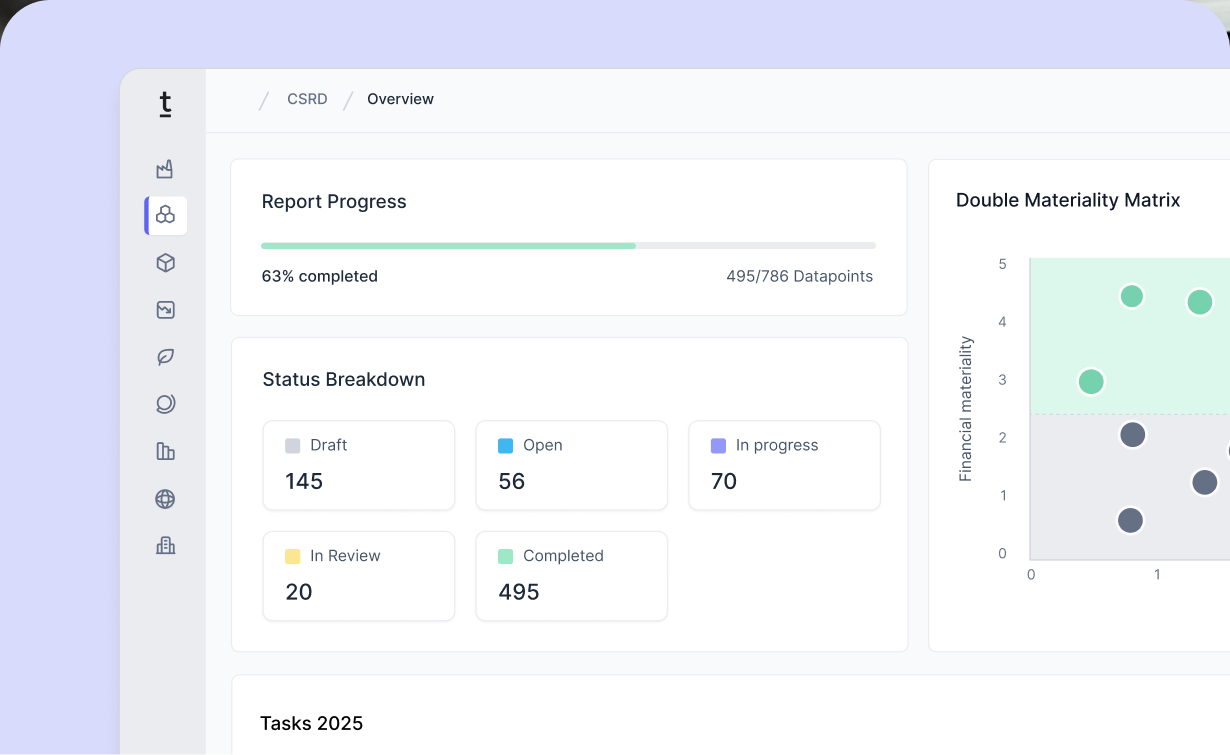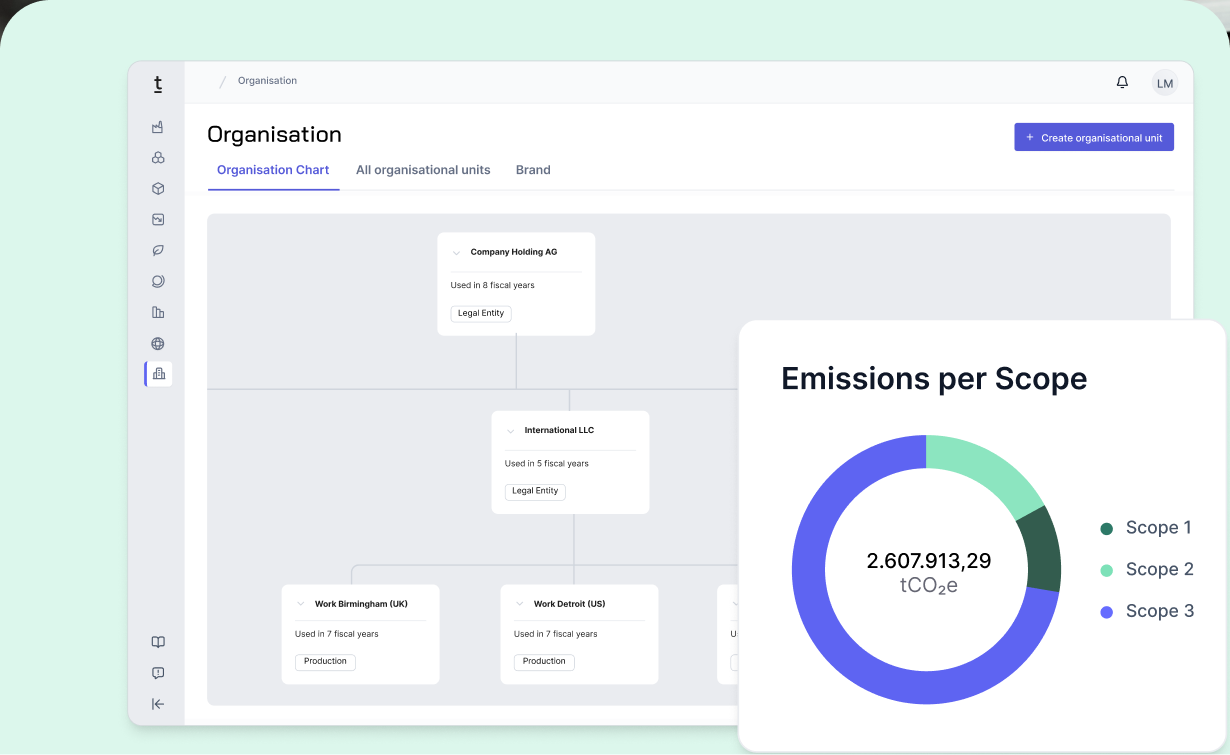Product Carbon Footprint (PCF) explained: Calculation, benefits and comparison with CCF

The Product Carbon Footprint (PCF) measures the total amount of greenhouse gas emissions released throughout a product’s entire lifecycle—from manufacturing, processing, and packaging to transportation, use, and eventual disposal. The PCF serves as an indicator of a product’s environmental impact and is a key aspect in evaluating sustainability.
What needs to be considered in PCF Calculation?
When calculating the Product Carbon Footprint, several factors should be taken into account to ensure the calculation results are as accurate as possible and provide a meaningful assessment of the product’s ecological footprint.
- Lifecycle Inclusion: To obtain an accurate assessment of the ecological footprint, all emissions generated during the product’s lifecycle within the defined system boundary—either cradle-to-gate or cradle-to-grave—must be considered. It is important to include all activities and processes related to the product and to clearly define and transparently disclose the boundaries of the analysis.
- Data Quality: The quality of the data used in calculating the PCF is crucial for the accuracy of the results. It is important to collect accurate and reliable data based on validated sources. Inaccurate or incomplete data can lead to erroneous results.
- Analysis Boundaries: It is important to clearly define and communicate the boundaries of the analysis to ensure that the results are correctly interpreted. The boundaries of the analysis should cover the lifecycle phases of the product included in the calculation, as well as the assumptions and limitations of the analysis.
- Timeliness: Since the environmental impacts of products can change over time, PCF calculations should be regularly updated to ensure that the results are current and allow for an up-to-date assessment of the PCF. According to ISO-14067, the PCF generally becomes outdated after 5 years.
What are the principles of PCF calculation?
- Transparency: The PCF calculation should be transparent, meaning that all assumptions, methods, and data sources should be clearly documented. This transparency allows for the replication and validation of the calculation and ensures its accuracy and reliability.
- Relevance: Companies should apply the principle of relevance when deciding whether to exclude activities from the inventory, select data sources, and collect data.
- Completeness: The PCF calculation should include all significant greenhouse gas emissions associated with the product’s lifecycle. This includes both direct emissions from the production and transportation of the product and indirect emissions from the energy sources used throughout the entire lifecycle.
- Consistency: The PCF calculation should align with established methods and standards, such as ISO 14067 and the Greenhouse Gas Protocol. This consistency ensures that the PCF calculation is reliable and comparable across different products and industries.
- Accuracy: The PCF calculation should be as accurate as possible, based on the available data and methods. This accuracy ensures that the PCF calculation provides a reliable estimate of the product’s greenhouse gas emissions, enabling informed decision-making.
- Verification: The PCF calculation should be independently reviewed to ensure that the calculation is accurate and reliable. This review can be done through an audit or certification by a third party.
Benefits of PCF Calculation
- Creating transparency in the value chain regarding upstream and downstream processes and the actors involved.
- Raising awareness of greenhouse gas emissions along the value chain.
- Identifying particularly emission-intensive phases and potentials for their reduction.
- Gaining insights for the (further) development of the company’s climate strategy.
Difference Between Corporate Carbon Footprint and Product Carbon Footprint

How Tanso can help to leverage your Product Carbon Footprint calculation:
The Tanso PCF module helps companies efficiently respond to customer demands and identify emission hotspots in their product portfolio. Based on your bill of materials and the consumption data calculated in the CCF for Scope 1 and 2, our calculation approach based on ISO 14067 and specifically optimized for the needs of the industry enables a precise analysis. Learn more in a non-binding consultation.

















































.avif)







.jpg)
.jpg)




















-p-800.webp.avif)
-min-p-800.webp.avif)






-p-800.webp.avif)

